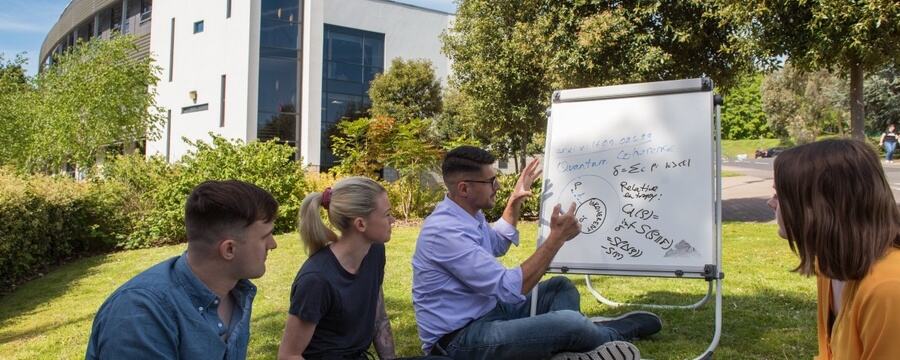Home / Science, Engineering & Maths / Maths / Introduction to Mathematical Methods for University-Level Science / Sine and cosine rules
This article is from the free online
Introduction to Mathematical Methods for University-Level Science


Reach your personal and professional goals
Unlock access to hundreds of expert online courses and degrees from top universities and educators to gain accredited qualifications and professional CV-building certificates.
Join over 18 million learners to launch, switch or build upon your career, all at your own pace, across a wide range of topic areas.




